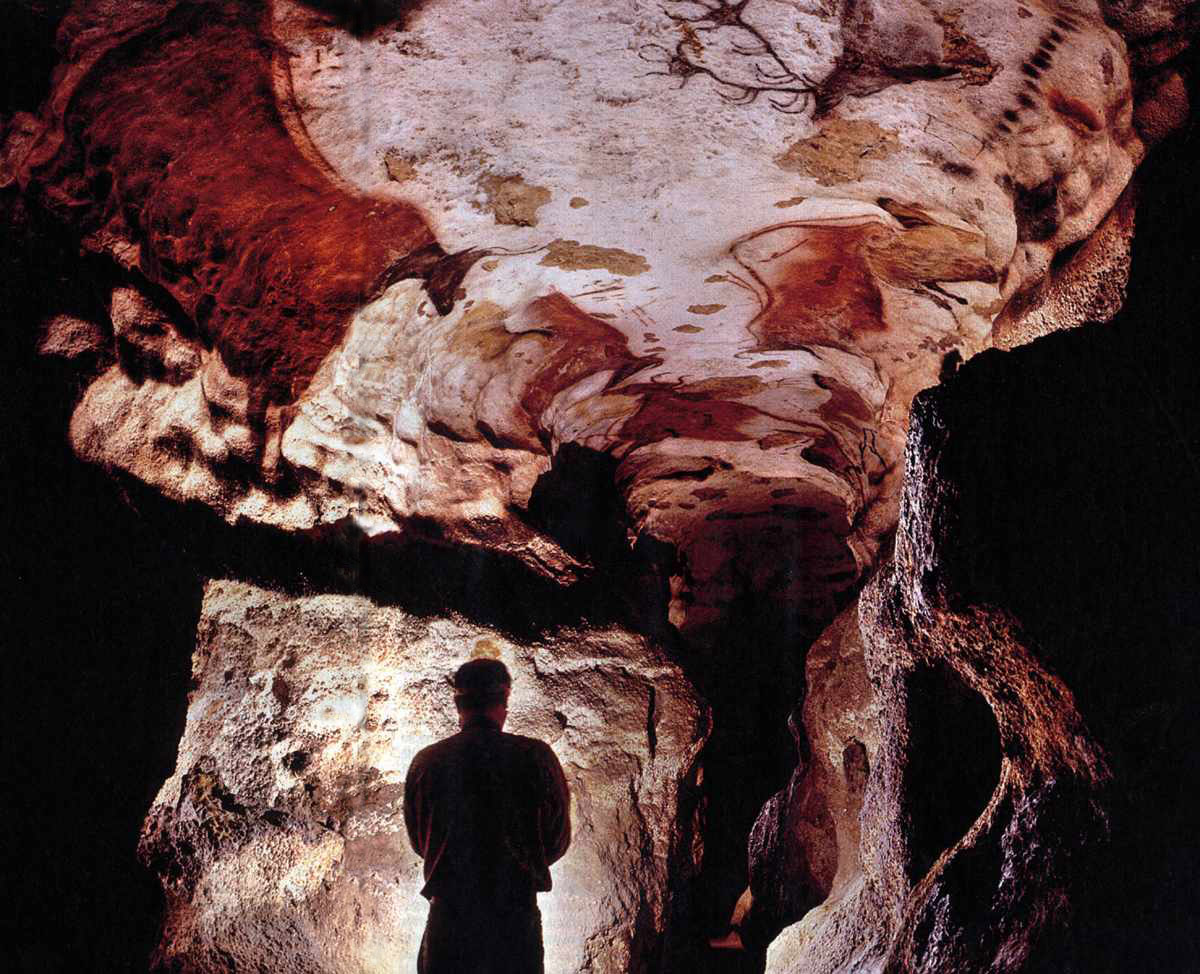In February, the FBI seized the inventory of a Chicago art gallery accused of selling tens of millions of dollars worth of fake prints by Picasso, Miro, Dali and Chagall.
Photo by Richard Chapman / Chicago Sun Times
The copies looked exactly like the real thing. (Local newspapers reported, "Even the experts are amazed at how good the stuff is.")
Each print was sold with an impressive looking "certificate of authentication." These certificates made no difference to the appearance of the art, but they made a big difference to the customers, who apparently did not buy art for the way it looks.
Perhaps they were seeking the wrong kind of authenticity.
Certificates of authenticity also play a key role in the financial empire of marketing genius Thomas Kinkade, who claims to use "DNA technology" to authenticate his mass produced art.
Again, Kinkade's certificates don't affect the quality of the art (which is hilariously awful) but they do prop up the prices for reproductions. One major distributor of Kinkade's pictures (who larcenously labels them as "limited edition lithographs, otherwise referred to as paintings") offered this advice on the value of Kinkade art:
Having owned five Thomas Kinkade Signature Galleries for ten years I can tell you that Ebay is loaded up with fake Kinkade Paintings. It can be confusing for the novice to discern an authentic painting from an imitation. Here are some key points to help guide you in your search....
.... If they do not have an authentic Certificate of Authenticity from Media Arts Group Inc. (for pieces prior to 2004) or Thomas Kinkade Company for pieces produced after 2004, it has no value other than your enjoyment of the piece. Limited Edition Lithographs, otherwise referred to as paintings, must have their matching Certificate of Authenticity to hold their value. The certificate will list the name of the painting, the certificate number and the quantity of lithographs made in that series. The certificate number must match the certificate number listed on the bottom corner of your lithograph.
The conspicuous certifications on the face of these paintings suggest that the owners are displaying the certifications as much as the art.
Unfortunately, it turns out that even Kinkade's DNA is not enough to protect you from fraud. Kinkade has been repeatedly sued for cheating his business associates. A court-appointed panel ordered Kinkade's company to pay $860,000 for breaching its "covenant of good faith" by misleading two galleries. At least six other claims were filed against Kinkade by other plaintiffs. To make matters worse, the FBI decided to investigate him.
In the future, "authenticity" will be even more complicated. Digital art has no physical existence to "authenticate." It is a ghost, made of electricity and light. Limitless copies-- all with an equal claim to being the "original"-- can be made with no decline in quality.
And that's just the start. Famous flash artist Joshua Davis has invented what he calls "generative composition machines" which are software applications written with open source code and Flash to automate the creation of art. Davis feeds in multiple images, colors and other ingredients and his software spits out a variety of images. His machine has now created "art" for many top corporate clients, including BMW, Nike and Nokia.
Certifications of authenticity are helpful when it comes to allocating royalties, but meaningful authenticity cannot be bestowed by a certificate, just as artistic value cannot be bestowed (or removed) by market fluctuations. You should authenticate art with your eyes. Ultimately, the Kinkade distributor got it right: without a certificate of authenticity, art "has no value other than your enjoyment of the piece."

































